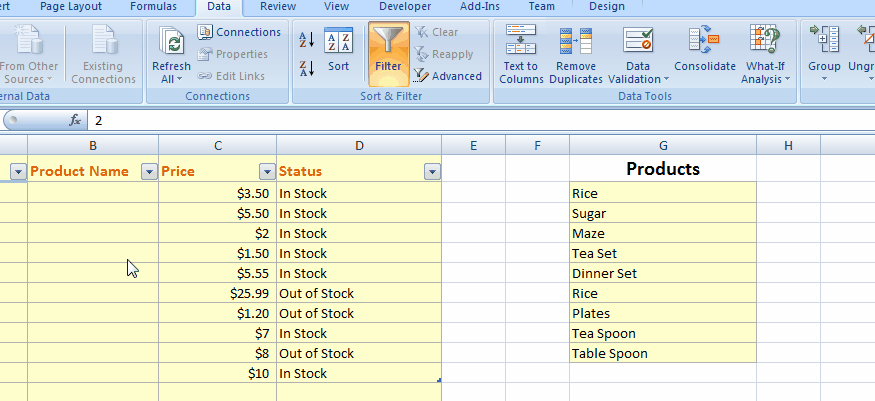


In step 5 (the Source box), leave out the equal sign and just enter the choices. When they move to a different cell, the drop-down list disappears, but the selected value remains visible.Īs a side note, if you don't want to place your data list in a worksheet, then you can enter the choices directly into the Data Validation dialog box. The user can select one of the employees, but cannot enter a different name. Clicking on the list provides a drop-down listing all the employees. Now, whenever someone selects the cell you used in step 1, they'll see a drop-down list arrow to the right of the cell. (This is the name you earlier gave to the employee list.) Don't forget the equal sign it is very important. Make sure the In-Cell Dropdown check box is selected.Using the Allow drop-down list, choose List.Excel displays the Data Validation dialog box, with the Settings tab visible. In the Formulas and Lists section, click Custom Lists. Select Advanced on the left and scroll down to the General section. Select the cell where you want the drop-down list to appear. With your list of items in mind, open your Excel workbook and access the settings.(To define a name use Insert | Name | Define.) Now, back on the main worksheet, follow these steps: (You probably will want to sort them in some manner.) Select the list and give it a name such as Employees.

On a new worksheet, enter the employee names in any manner desired. You can create this list almost anywhere, but for design purposes it is a good idea to put the list on a different worksheet than the one where the data entry will be.įor example, let's say that you want a list of employee names. Start by creating a list of the values that you want available in the drop-down list. Once the user makes a selection and moves to a different cell, the arrow for the drop-down list disappears. This list allows users to select the cell and then select from a list of pre-defined values for that cell. One of the really cool uses for the data validation feature in Excel is the ability to create a single-use drop-down list.


 0 kommentar(er)
0 kommentar(er)
